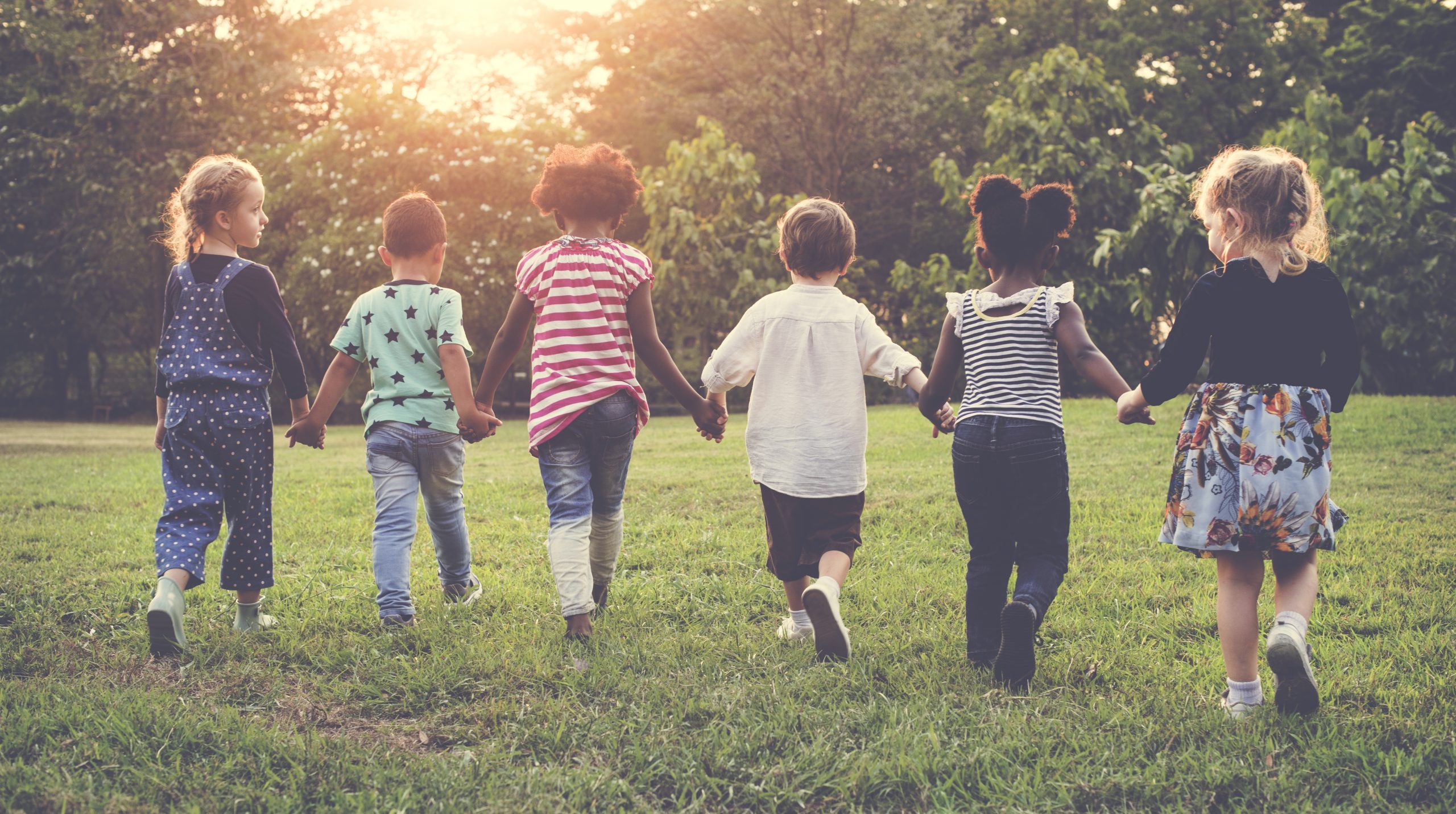As parents, we tend to simplify things for our kids and try to shelter them from the hard, often uncomfortable, conversations. We downplay differences because we think by not pointing them out and discussing them, kids might not notice them. The assumption is that when kids don’t notice any difference between themselves and others, they’re more likely to be accepting and not single anyone out. However, that can’t be further from the truth.
There are studies that go into this, but most psychologists agree that by not talking about the differences we are essentially creating “color blind” kids. And we’ve seen firsthand – this year especially – just how exclusive and sometimes dangerous that can be. So it’s not only a good idea, but it’s VITAL, that we talk to our kids about our differences and help guide them on the right path to acceptance and inclusion.
 Education
Education
Adults have a really hard time talking about issues like racism, sexism, ableism, and all the other ism’s of the world. How do we have these types of conversations with kids? First and foremost, it’s important to educate yourself on these differences and recognize that so many diversities exist. You don’t need to be an expert, just enough to gain empathy and understand that you might never fully understand their struggles but also enough to accept them.
A great way to start is by reading books, and there are so many children’s books geared towards this subject. It’s a fun exercise to learn together. Another great way is to celebrate and learn about different cultures based on national months. Black History Month is coming to a close, but that doesn’t mean we have to stop learning about Black People and their culture or traditions. Learn about the struggles and tragedies they’ve gone through. We as a country made an unforgiveable mistake by enslaving Black people, giving them a great disadvantage which they are still suffering the consequences of today. By educating our kids they can be aware and hopefully not repeat the mistakes of the past (and present).
Don’t stop there! Keep going. Expand your inner circle. Take a look at who you socialize with, who your kids are socializing with. I wouldn’t go out of your way to make friends that don’t look like you, but rather be open to it and find new ways to expand your horizons. Explore different foods, learn about traditions and holidays, study cultural clothings. Take in everything that makes another culture unique and different.
Diversity
Talk your kids about diversity, and use that word. Explain to them that everyone is different, and those differences are what make us who we are. Teach your kids that those differences don’t separate us, and, in fact, we should be celebrating those differences! Diversity isn’t about us labeling other people and trying to fit them into a certain box and assigning a label and identity to them. Rather, it’s about giving people the freedom to identify and “label” themselves. They get to choose how they want to be seen and live.
Inclusion
Once your kids recognize there are so many diversities and that it’s ok to be different, they also need to understand inclusion. Diversity means allowing everyone to be themselves; inclusion means that they are accepted and not judged or shunned because of those differences. The two go hand-in-hand. Encourage your kids to play with kids who don’t look like them. Encourage them to ask questions about any differences they notice, but in an open minded way. It’s ok to be curious as long as it’s respectful and allows the other person a fair chance to talk about what makes them different. Also show them, lead by example. When your kids see you socializing with different people, they are more likely to do it, too.
Equity
Next is equity. Equality is a big topic right now — that everyone is treated equally and has the same opportunities. However, things aren’t as simple as that. Even though you might think everyone has the same options available to them, there are often other barriers preventing them from seizing and taking advantage of those opportunities. That’s where equity comes into play. It means that we all have the same opportunities but, more importantly, everything we need to seize them. By asking kids simple questions, we can start to get them used to being empathetic.
“How can we help them get to where they need to be?”
“What do they need to get the same opportunities we have?”
When kids start to recognize differences, they start to recognize their own privilege. By recognizing privilege, it helps them be aware of ways to even the odds. Not only to make things fair, but because it’s the right thing to do.
Talk to your kids about diversity, inclusion and equity and help them use their voice for good.









